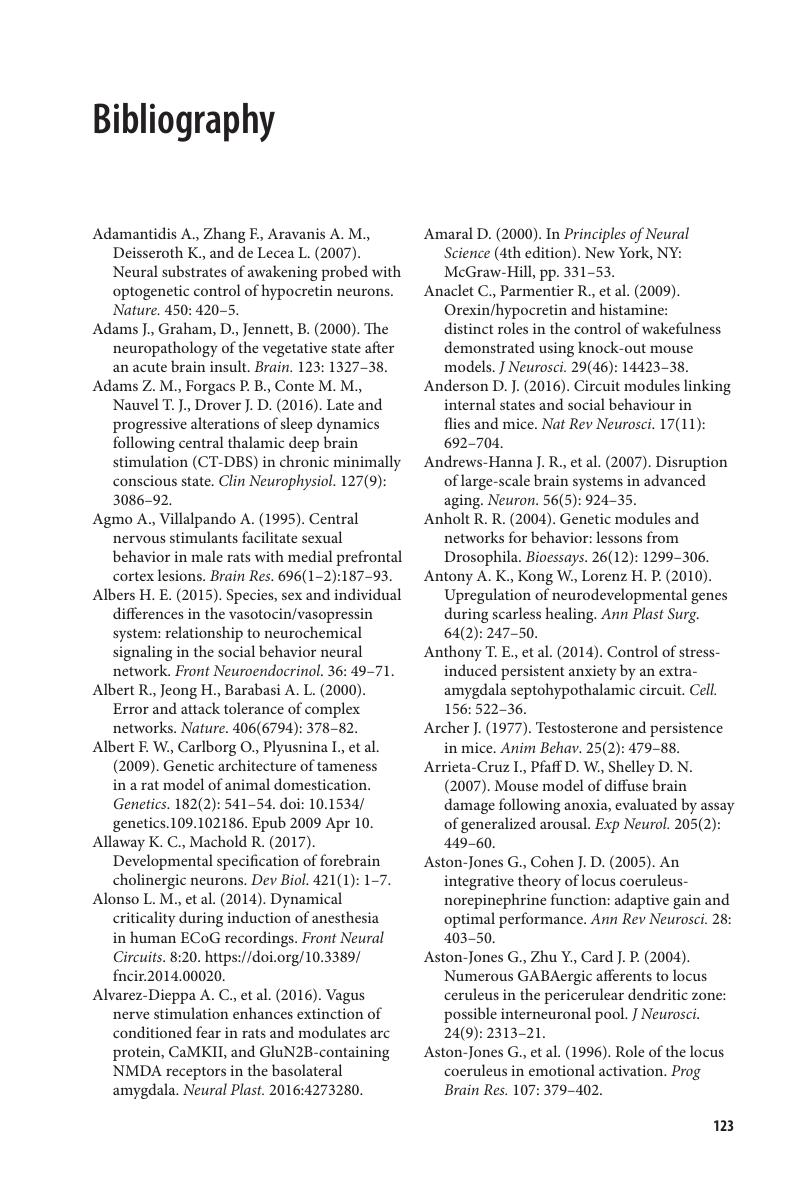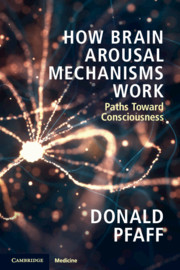Book contents
- How Brain Arousal Mechanisms Work
- How Brain Arousal Mechanisms Work
- Copyright page
- Dedication
- Contents
- Acknowledgments
- Introduction
- Chapter 1 Concept
- Chapter 2 Giant Cells in the Medullary Reticular Formation
- Chapter 3 Pons
- Chapter 4 Midbrain
- Chapter 5 Hypothalamus: Low Road
- Chapter 6 Thalamus: High Road
- Chapter 7 High Arousal
- Chapter 8 Phase Transitions from Low GA States
- Chapter 9 Roots of Consciousness and Its Disorders
- Chapter 10 A Vertically Integrated System
- Bibliography
- Index
- References
Bibliography
Published online by Cambridge University Press: 29 November 2018
- How Brain Arousal Mechanisms Work
- How Brain Arousal Mechanisms Work
- Copyright page
- Dedication
- Contents
- Acknowledgments
- Introduction
- Chapter 1 Concept
- Chapter 2 Giant Cells in the Medullary Reticular Formation
- Chapter 3 Pons
- Chapter 4 Midbrain
- Chapter 5 Hypothalamus: Low Road
- Chapter 6 Thalamus: High Road
- Chapter 7 High Arousal
- Chapter 8 Phase Transitions from Low GA States
- Chapter 9 Roots of Consciousness and Its Disorders
- Chapter 10 A Vertically Integrated System
- Bibliography
- Index
- References
Summary

Information
- Type
- Chapter
- Information
- How Brain Arousal Mechanisms WorkPaths Toward Consciousness, pp. 123 - 152Publisher: Cambridge University PressPrint publication year: 2018
